Salmonids
One pathogen strain seems the main culprit in damaging salmonid disease
A distinct strain of the main fungus-like pathogen which causes saprolegniosis — thought to be responsible for around 10% of economic losses in the salmonid industry — looks likely to be responsible for the majority of outbreaks of the disease on Atlantic salmon fish farms.
Research highlights risks of thermal delousing treatments for unhealthy salmon
Thermal sea lice treatments do not appear to cause increases in pathogens which threaten farmed salmon, but the risk of stress-related mortalities means that fish already suffering from disease should not undergo thermal sea lice treatments, according to Institute of Aquaculture researchers.
Dramatic changes and emerging challenges in more than 30 years of fish health and welfare
An interview with Professor Jimmy Turnbull, PhD, University of Stirling
How acoustic technologies are aiding fish health and welfare
Monitoring fish using sound is on the rise in aquaculture, meeting a need to accurately assess the health and welfare of farmed-fish populations in changing environments.
Norwegian salmon industry’s annual ‘health check’ underlines areas for improvement
The Norwegian Veterinary Institute’s latest Fish Health Report1 has highlighted record numbers of sea lice treatments and bacterial diseases causing complications for fish producers in Norway — but in order for its authors to keep up with changes in the industry, new, more specific data needs to be collected and made available in coming years.
Understanding plankton threats to salmon requires a mix of old and new technologies
Using both “traditional” microscopy and environmental DNA (eDNA) analysis can help paint a complete picture of plankton threats to salmon aquaculture, according to University of Glasgow research.
Simulation offers insight into emerging-disease spread on salmonid farms
A new computer simulation approach may help better understand how emerging diseases could spread across salmonid farms in England and Wales and the best measures to limit their impact.


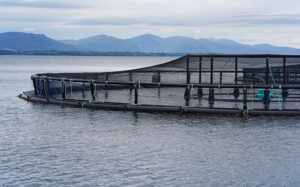
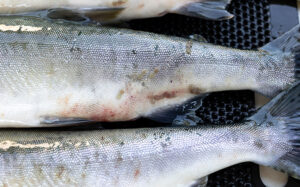
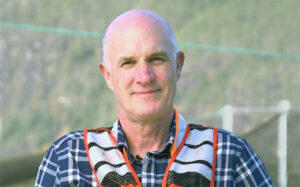
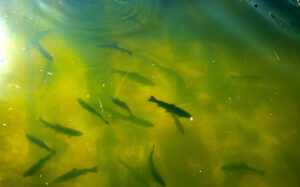

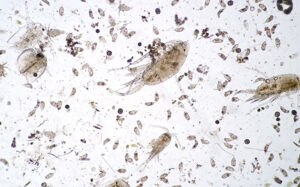

![Salmonid x[]](https://fishhealthforum.com/wp-content/uploads/2023/08/Salmonid-675x42038-1-300x187.jpg)